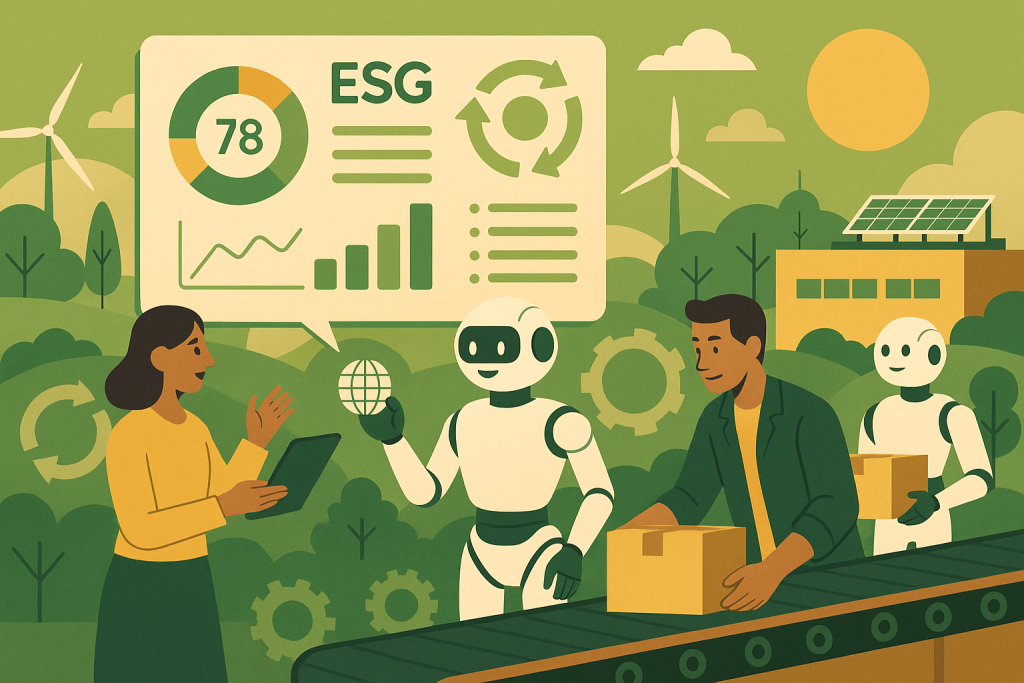Carbon accounting is one of the most important—yet most frustrating—challenges in the climate tech space. It’s complex, time-consuming, and often fragmented across spreadsheets, PDFs, and outdated data sources. Most companies treat it like a tax: something to comply with, not something to innovate around.
At Coral.li, we believe that’s about to change—and AGI (Artificial General Intelligence) is the key.
The Carbon Accounting Status Quo
Today’s carbon accounting processes rely heavily on:
- Manual data entry
- Generic emission factors
- Lagging indicators
- Consultant-heavy workflows
Even with SaaS tools, many companies are still pulling data from invoices, utility bills, travel receipts, and procurement systems—often with significant gaps or estimates.
And because the data is retrospective, decision-making is slow. By the time you know your footprint, it’s too late to change it.
What AGI Changes
AGI brings a fundamentally new approach. Instead of tracking carbon after the fact, AGI systems can become embedded, proactive, and adaptive intelligence layers within a company.
Here’s how:
1. Autonomous Data Integration
AGI can connect to and parse multiple systems (ERP, CRM, logistics, HR, procurement), continuously extracting relevant emissions data—without human input. It doesn’t wait for reports. It learns your business operations in real-time.
2. Granular, Dynamic Calculations
No more generic emission factors. AGI can tailor emissions calculations to specific suppliers, geographies, and even times of day—using live data and contextual awareness to improve accuracy dramatically.
3. Predictive Emissions Forecasting
Beyond historical data, AGI can forecast emissions based on upcoming projects, supply chain changes, or seasonal operations. Companies can simulate the footprint of different decisions before they’re made.
4. Smart Recommendations and Automation
AGI doesn’t just report—it suggests. It can propose supplier swaps, route optimizations, or behavior nudges across departments, automatically weighing trade-offs like cost, carbon, and compliance.
5. Audit-Ready Explainability
With advanced reasoning and traceable logic chains, AGI can provide regulators, auditors, and stakeholders with transparent explanations for every emission metric—down to the source.
From Reactive to Regenerative
With AGI, carbon accounting evolves from a backward-looking compliance activity to a real-time, forward-looking decision engine. It empowers sustainability leaders to be proactive. It decentralizes insight to teams across the company. And it makes net-zero pathways not just possible—but manageable.
Coral.li’s Vision
At Coral.li, we’re building the Sustainability AGI that brings this future to life. Not a dashboard. Not a data portal. But an intelligent layer that learns your company and drives carbon action autonomously.
Carbon is just the start. What we’re really building is a smarter operating system for sustainability—one that adapts, integrates, and evolves with your business.
Let’s leave spreadsheets behind. The future of carbon accounting is autonomous, intelligent, and regenerative.



